'The Dove's Lost Necklace,' A Forgotten History of the Arab World
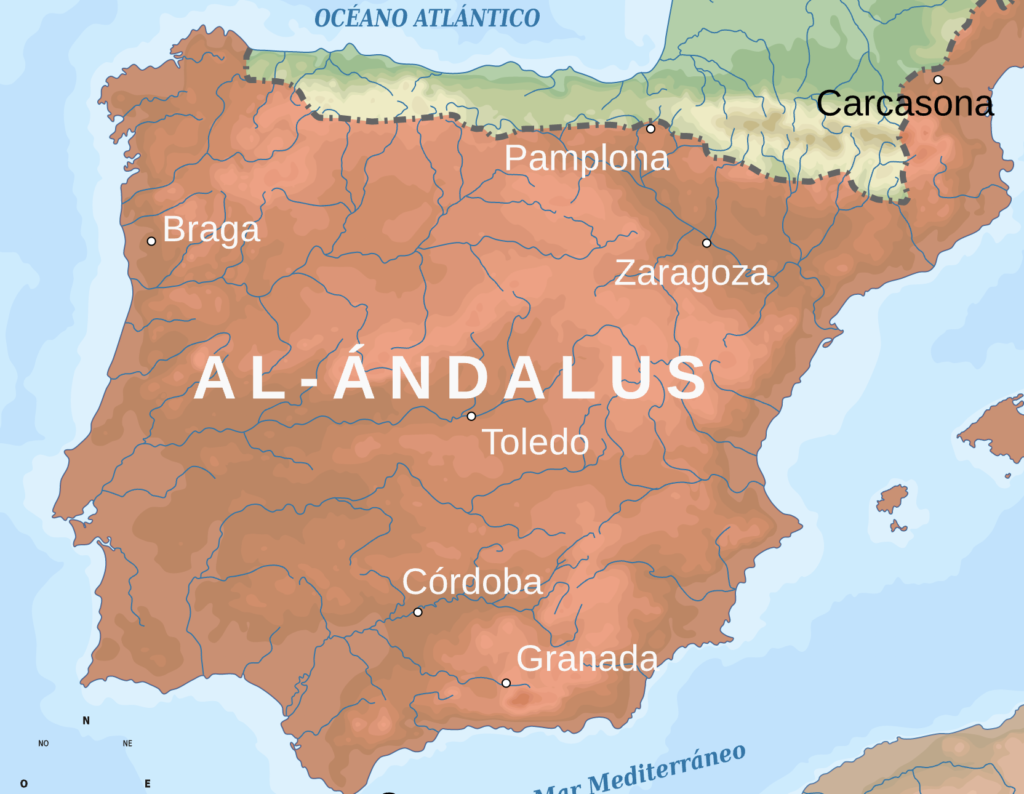
By: Adam Abdel-Qader / Arab America Contributing Writer
Introduction:
The ‘Dove’s Lost Necklace’ is a captivating film that reflects a time in Arab history when peace, knowledge, and the pursuit of love were among some of the most priceless virtues within Arab culture. The film gives a vivid representation of the often-forgotten Arab civilization that thrived intellectually and artistically within the lands of Andalusia.
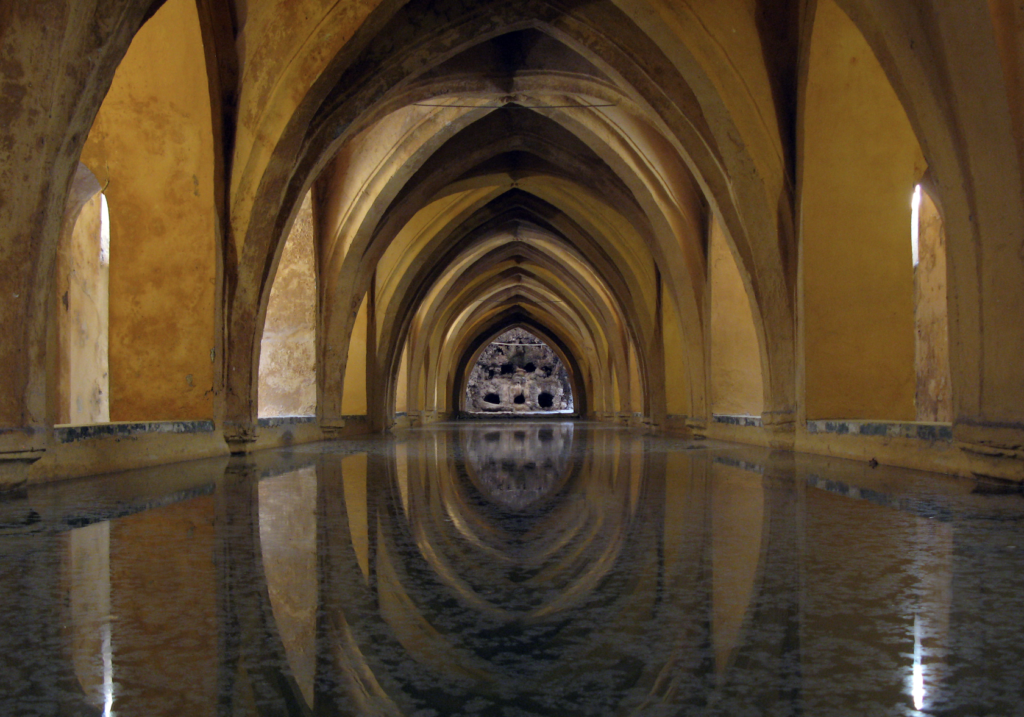
The History of Andalusia:
In 720 C.E., Spain was controlled by a majority Muslim population and stayed this way until 1492. The center of government and Muslim civilization originated in Spain’s southern region, previously referred to above as Andalusia or Al-Andalus in its Arabic terminology.
The history and context of Andalusia are well-known within Arab culture. Still, to some, it might be a new revelation. No matter your knowledge of Andalusia, the essential part of its history for you to know is its proclaimed remembrance as the golden age of Islamic civilization in the West!
Andalusia (711-1492 C.E.) served as a time of educational prosperity, progression, tolerance, and the growth of artistic expression within Arab culture. The civilization was ahead of its time in many social areas, such as its progression in ethnic and religious tolerance. Historical evidence has exemplified that coexistence between Jews, Muslims, and Christians was genuine and peaceful within Andalusia, which is quite a milestone considering some of the current political and religious turmoils we see worldwide today.
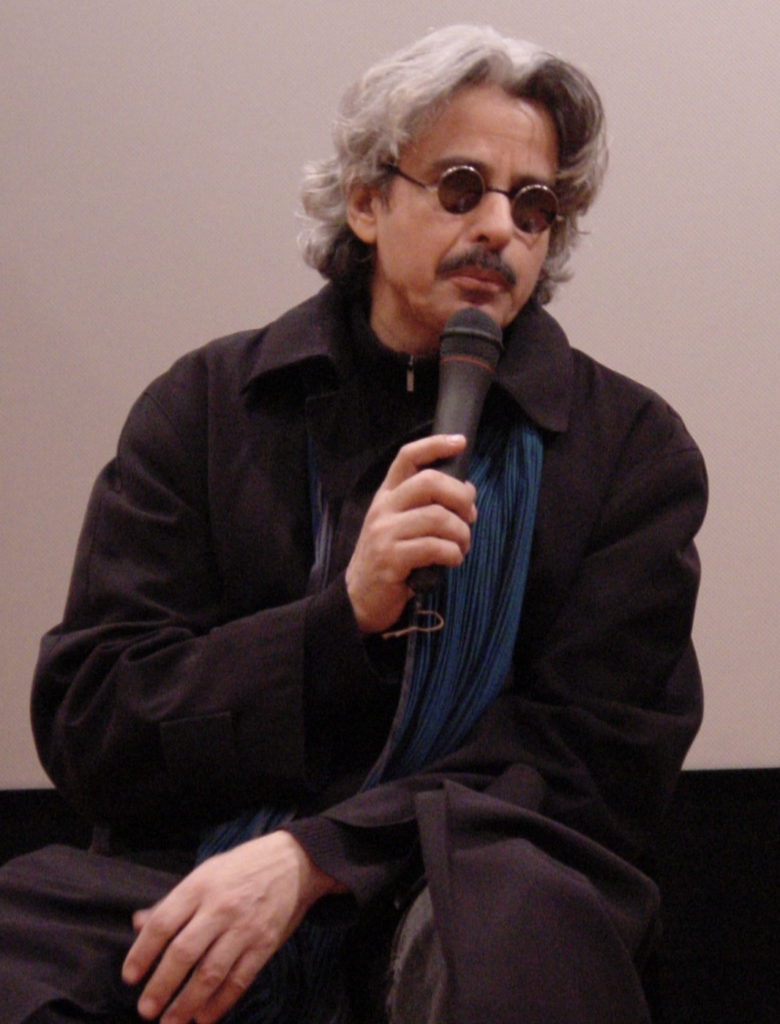
The Filmmaker:
Nacer Khemir, the creator of ‘The Dove’s Lost Necklace,’ is a well-respected Tunisian filmmaker, writer, and artist living in France and Tunisia for most of his life. The film was a part of Khemir’s trilogy, often referred to as the Desert Trilogy, and is known as his most famous and successful set of films.
Out of the three masterpieces, the most impactful films were ‘The Wanderers of the Desert’ (El Haimoune) and ‘The Dove’s Lost Necklace,’ which should be viewed in that order, respectively, for the best and most meaningful experience.
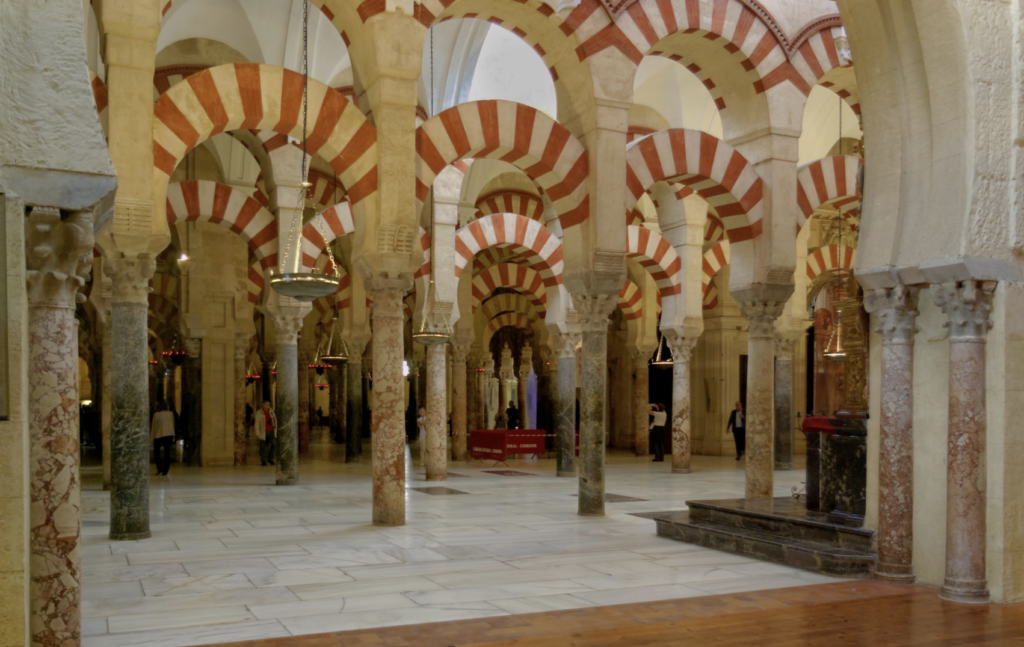
Hallway of a Mosque-Cathedral in Cordoba, Spain. Photo: Wikicommons
Film Context:
The title and plot of the film were to some extent inspired by The Ring of the Dove or better known in its Arabic terminology as Tawq al-Hamamah (طوق الحمامة), “‘ a treatise on the art and practice of Arab love'” created in 1022 C.E. by a writer in Andalusia named Ibn Hazm.
Interestingly, up until The Ring of the Dove, Hazm was known as a writer of topics such as theology and law. This substantial transition from a rather institutional mindset to an artistic one was quite fitting, as his treatise is notorious even today.
The film’s plot indulges the essence of love by observing two different yet intertwined stories that focus on the enlightenment of love and all it has to offer. Hassan, the main character and student of a wise and accomplished calligrapher, is driven by his desire to find a lost text that he believes to be the secret of love and the pathway to finding his lifelong companion. Zin, the other main character and a messenger of letters to those who cannot meet with their lovers, also comes along on the journey. Although Zin is less captivated by the meaning of love, an exciting and mysterious aura surrounds his character throughout the film.
In their quest, the movie shows Andalusia’s many passions for literature and books by illuminating the Arabic language’s variety and abundance of vocabulary. At one point in the film, it is pointed out that there are over 50 words that can describe love in Arabic, revealing the difficulty in finding a definite meaning of the concept.
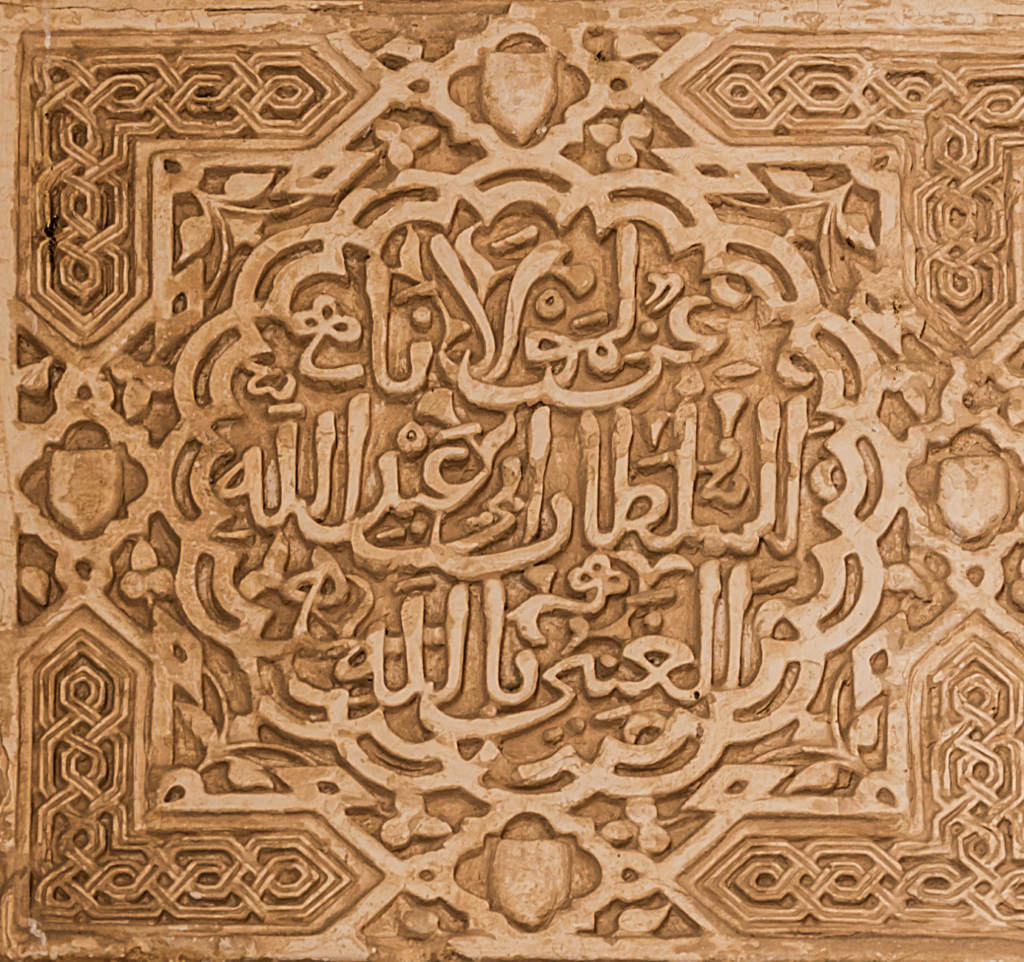
Arabic Calligraphy:
Calligraphy is an intricate and aesthetic art related to inscribing many kinds of writing and languages. Arabic calligraphy was one of the most significant art forms traced back to the history of Islamic art in both Andalusia and the Arab world. Subsequently, Nacer Khemir puts on an incredible display of this influential art form throughout the film.
The film utilizes this art form as an introduction to the beauty and creativity of indigenous art, architecture, and Arabic culture that is displayed throughout all scenes.
One of the most appealing aspects of Arabic Calligraphy within the film is its ability to both decorate and educate. We see many examples of this in the grand mosques, traditional palaces, and extensive libraries encompassed in the art form. Lingual experts can translate most Arabic calligraphy viewed within the movie and even beyond the film into religious scripture of the Qur’an, proverbs, poetry, and other sayings.
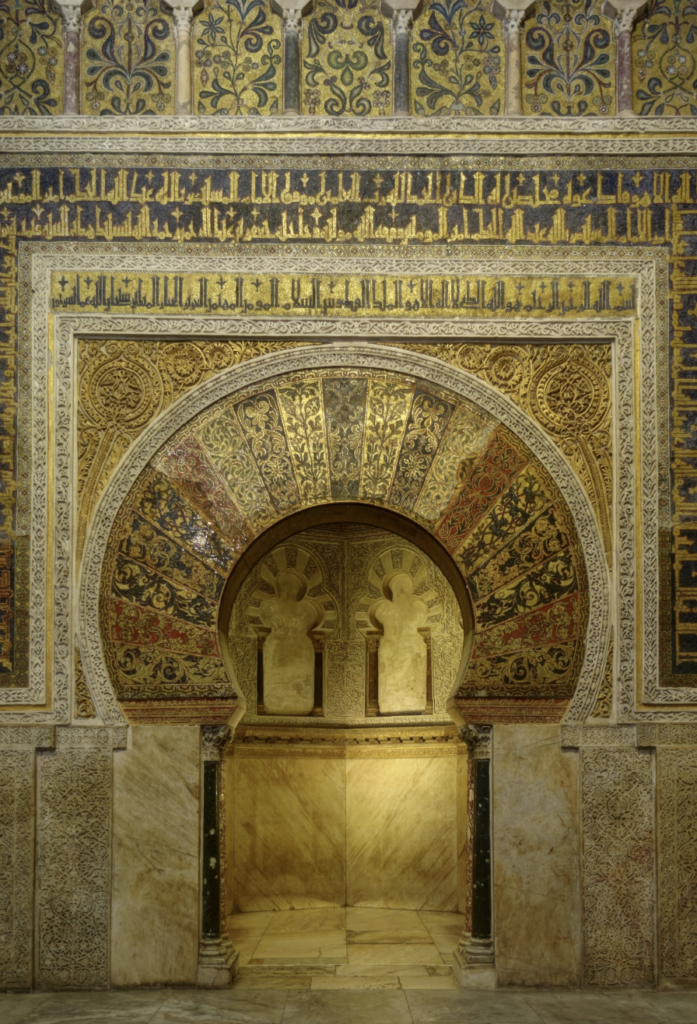
Conclusion:
With a plot centered around art, learning, love, and knowledge, there is no reason ‘The Dove’s Lost Necklace’ shouldn’t make it to your next movie session. It can give you a glimpse into the lost archives of Arab history and will leave you wondering what comes next with its curious and fantasy-like themes. Finally, if you do decide to watch ‘The Dove’s Lost Necklace,’ ensure you give ample attention to the beauty and grandness of the mosques and architecture. You will not regret it!
Check out Arab America’s blog here!









